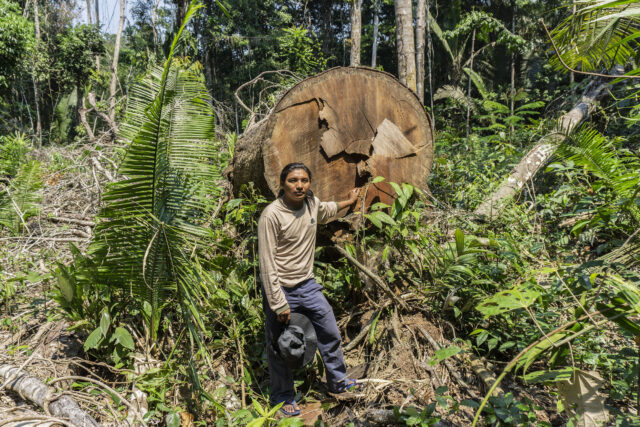
Forests
Forests are home to some of our planet’s most extraordinary biodiversity. They are also essential in the fight against climate change. But the world's forests are under threat from deforestation for industrial meat, palm oil and logging.
Forests are home to around 80% of the world’s land biodiversity including many varieties of trees, plants, animals, birds, insects and fungi working together in complex ecosystems.
Forests cover a third of global land area. Around half of this is relatively intact, and over a third is primary forest, with no visible sign of human activity and where ecological processes have been left undisturbed.
How do forests help stop climate change?
Forests around the world also help to stabilise the climate. They do this by absorbing almost one-third of the carbon dioxide released from burning fossil fuels every year – around 2.6 billion tonnes.
Because forests also store carbon, deforestation releases greenhouse gases into the atmosphere.
Why are forests being destroyed?
The world’s tropical forests are most often cut down or burned to make way for industrial food and cosmetics production.
In the case of the Amazon rainforest and other South American forests, fires are started by farmers to clear land to rear cattle for meat and dairy, or to grow soya for animal feed. So much deforestation happens in this way in South America that it is the main cause of deforestation worldwide.
In the tropical rainforests of Indonesia and the Congo, palm oil plantations are a key cause of deforestation. And in the Great Northern Forest, which stores more carbon than all the tropical forests in the world, logging companies fell trees for products like tissue paper.
Protecting forests is important for defending human rights too. All across the world, people that live within forests rely on them for shelter, food, energy, medicine, and income. Indigenous Peoples particularly depend on forests – and indigenous lands include some of the best-protected and most biodiverse regions in the world.
Since 1990, it is estimated that 420 million hectares of forest have been destroyed. The rate of deforestation slowed between 2015 and 2020, at an average of 10 million hectares per year, down from 16 million hectares per year since 1990.











